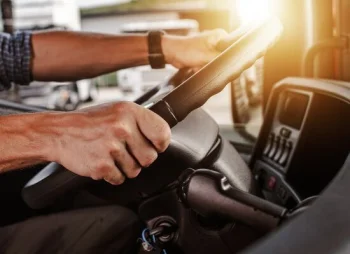Will the rules for driving abroad change after Brexit?
The end of the year-long Brexit transition period looms. But come January 1st 2021, what are the changes to international law that those looking to drive within EU countries need to be aware of? From insurance, to permits, to GB stickers. Let’s take a look.
The main changes for UK motorists driving in the EU after Brexit will be:
- You will still be required to travel with your UK photocard licence but you may also require an International Driving Permit.
- As well as your proof of insurance, you will need to obtain a motor insurance green card from your insurer and to make sure you have sufficient cover for your trip.
- You'll need to display a GB sticker in the rear of your vehicle.
- Car owners must still take their V5 and lease holders will still need to obtain a Vehicle on Hire form from their lease funder.










